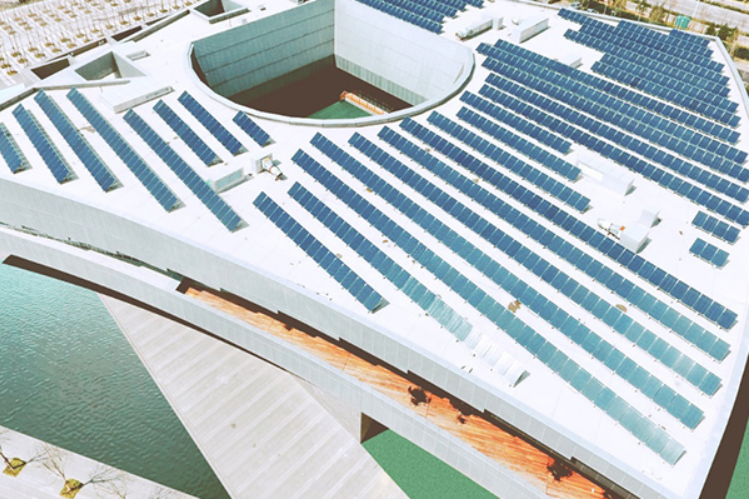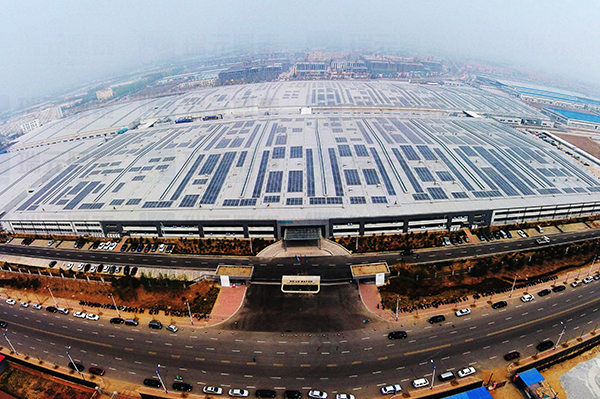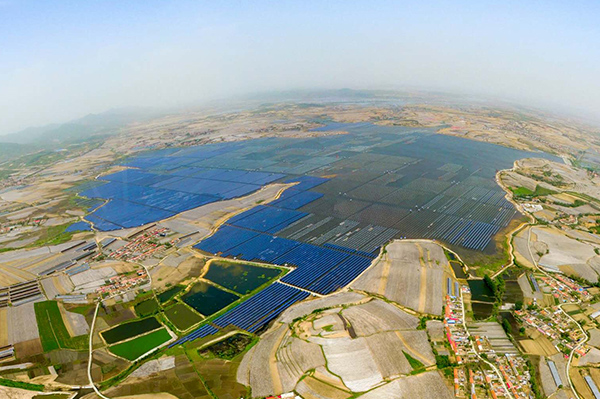Recently, a new report from JMK research and the Institute of energy economics and financial analysis (ieefa) pointed out that by 2022, India will be far below its 100gw solar installed capacity target, which is due to the unsatisfactory growth of roof photovoltaic.
The report predicts that by December 2022, there will be a gap of 25gw to achieve the 40gw roof solar energy target, while the utility scale solar energy target is only 1.8gw.
As of December 2021, India has accumulated 55gw of photovoltaic machines, with 77% (42.3gw) of grid connected utility scale projects, and the rest comes from grid connected roof solar energy (20%) and micro or micro off grid projects (3%). It is estimated that by 2022, India will add another 19gw of photovoltaic installed capacity, 15.8gw of utilities and 3.5gW of roof solar energy. By the end of December, this will enable the cumulative installed capacity of photovoltaic in the scale of public utilities to reach 58.2gw and the cumulative installed capacity of roof solar energy to reach 15gw.
"Even if this capacity is increased, about 27% of India's 100gw solar energy target will not be achieved," said Jyoti gulia, founder of JMK research.
The report found that according to the current track, India's solar energy target of 300gw by 2030 will deviate by about 86gw.
It is reported that the report puts forward short-term and long-term measures to put India back on track to achieve the goal of solar energy. Short term measures include a unified national policy for at least the next five years, consistent provisions on net metering and banking facilities, and the lifting of restrictions on renewable energy banks at least until the national goals of roof and open access are achieved; Long term measures include stricter enforcement of renewable energy purchase obligations; Improving the financial situation of distribution companies and possible privatization; Reduce cross subsidy surcharges for commercial and industrial consumers; And capital subsidies for battery energy storage systems.
The government may also actively promote the acceleration of solar power generation in the short term, achieve the goal of 100gw by 2022, and reallocate the unrealized roof target to utility scale power generation.









